As technology advances and refines, reaching top-notch sound quality, which was formerly thought elusive, is now within grasp.
Even low-cost speakers can provide a good audio experience. Quality speakers improve sound authenticity, providing a more immersive experience with richer musical subtleties.
Three-way speakers have evolved as a result of continued technological advancement, offering various advantages above traditional two-way speakers.
To better understand the benefits of three-way speakers and help consumers make purchasing decisions, it is critical to investigate the unique benefits they provide and identify significant considerations when selecting speaker devices.
5 Differences Between Them: 2-Way VS 3-Way Speakers
Handling Frequency Ranges:
2-way speakers typically have a woofer and a tweeter. The woofer is in charge of low frequencies (bass), while the tweeter is in charge of high frequencies (treble).
3-way speakers have a mid-range driver in addition to the woofer and tweeter. The mid-range driver handles sounds between the bass and the treble, resulting in a wider frequency range coverage.
Audio Accuracy:
While 2-way speakers are suitable for many audio applications, the streamlined design may fail to reproduce mid-range frequencies as precisely as a specialized mid-range driver.
With a dedicated mid-range driver, 3-way speakers can reproduce mid-range frequencies more precisely, resulting in better audio clarity and detail in that region.
Complexity of Crossover Networks:
2-way speakers have a basic crossover network that divides the audio signal into low and high frequencies, which are handled by the woofer and tweeter, respectively.
3-Way Speakers: A more complicated crossover network is required to spread the signal among three drivers. This intricacy increases technological hurdles, but it also allows for a smoother transition between frequency bands and reduces driver interference.
Dimensions and design:
Due to the low number of components, 2-way speakers are generally more compact and easier to construct. This simplicity frequently results in a more visually appealing and cost-effective speaker.
Due to the addition of a middle driver, 3-way speakers tend to be larger and more sophisticated in construction. The larger size may limit placement alternatives, and the additional components may raise manufacturing costs.
Cost:
2-Way Speakers: Due to their simpler design and fewer components, 2-Way speakers are typically less expensive to make. As a result, they are a cost-effective option for many customers.
3-Way Speakers: More advanced engineering, materials, and manufacturing procedures are used, resulting in a higher production cost.
As a result, 3-way speakers are frequently more expensive, making them a good alternative for individuals looking for high-quality audio.
2-Way Speakers: Pros and Cons
Pros of 2-Way Speakers:
Cost-Effective: Two-way speakers are often less expensive, making them more accessible to a wider spectrum of consumers. This cost is especially beneficial for beginning audio fans or those on a tight budget.
Simplicity and Elegance: The two-way speaker's simplified design, with a woofer handling low frequencies and a tweeter handling high frequencies, results in a simpler and more aesthetically beautiful speaker. Because of their simplicity, they are simple to integrate into many audio settings.
Ease of Integration: Because of their simple design, two-way speakers are frequently easier to integrate into various situations. They are adaptable and suitable for a wide range of applications, including home entertainment systems and modest studio setups.
The small number of components in two-way speakers contributes to their small size. As a result, they are perfect for circumstances when space is limited, such as bookshelf placement or smaller rooms.
Cons of 2-Way Speakers:
Precision of Frequency Range: The lack of a specialized mid-range driver in two-way speakers might lead to less exact reproduction of mid-range frequencies. This constraint may affect overall auditory clarity and detail, particularly in intricate musical compositions.
Full-Range Reproduction Challenges: While two-way speakers are suitable for many audio applications, they may struggle to reproduce a wide range of frequencies with the same precision as speakers with extra drivers.
Crossover Issues: It can be difficult to achieve a seamless transition between the woofer and tweeter frequencies in a two-way speaker. The crossover point, where frequencies are passed between drivers, may cause interference or distortion.
3-Way Speakers: Pros and Cons
Pros of 3-Way Speakers
Extended Frequency Range: By including a dedicated mid-range driver, three-way speakers can cover a wider frequency spectrum more effectively. As a result, audio precision improves and the original sound source is more faithfully reproduced.
Enhanced Mid-range Detail: Because three-way speakers include a dedicated mid-range driver, they excel at reproducing the intricacies and nuances of singers and instruments in this key frequency range. As a result, the audio experience becomes more detailed and lifelike.
Reduced Driver Interference: The use of a mid-range driver allows for a smoother transition between low, mid, and high frequencies. This reduces interference at crossover points, resulting in a more smooth and coherent sound output.
Suitable for Complex Music: Three-way speakers are especially well-suited for dealing with sophisticated musical compositions that contain a wide variety of frequencies. They can provide a balanced and accurate portrayal of the various sounds found in genres such as classical or jazz.
Cons of 3-Way Speakers
Cost Increase: The intricacy of the design, additional components, and manufacturing technical problems all contribute to a higher production cost for three-way speakers. As a result, they may be more expensive than simpler options.
Size and Aesthetics: Because three-way speakers contain more drivers and components, they are larger and may have a more sophisticated appearance. This size may limit placement options and make the design less visually appealing to some users.
Implementing an effective three-way speaker design has technological obstacles, particularly in achieving a balanced crossover network. This intricacy necessitates accurate engineering and may make tweaking the system for maximum performance more difficult.
Conclusion
In principle, the two-way frequency divider has a simpler structure, a smaller size, and a lower profile than its three-way equivalent. However, one disadvantage is that it cannot record precise sound nuances.
The three-way speaker's handling of transitions between high-mid and low frequencies, on the other hand, is more versatile, albeit with more stringent crossover needs.
The quality and technical requirements of the crossover are critical, as they have a direct impact on the associated costs.
The intrinsic cost of producing optimal sound reproduction in three-way speaker systems increases as the requirement for greater quality and more sophisticated technological elements in the crossover increases.




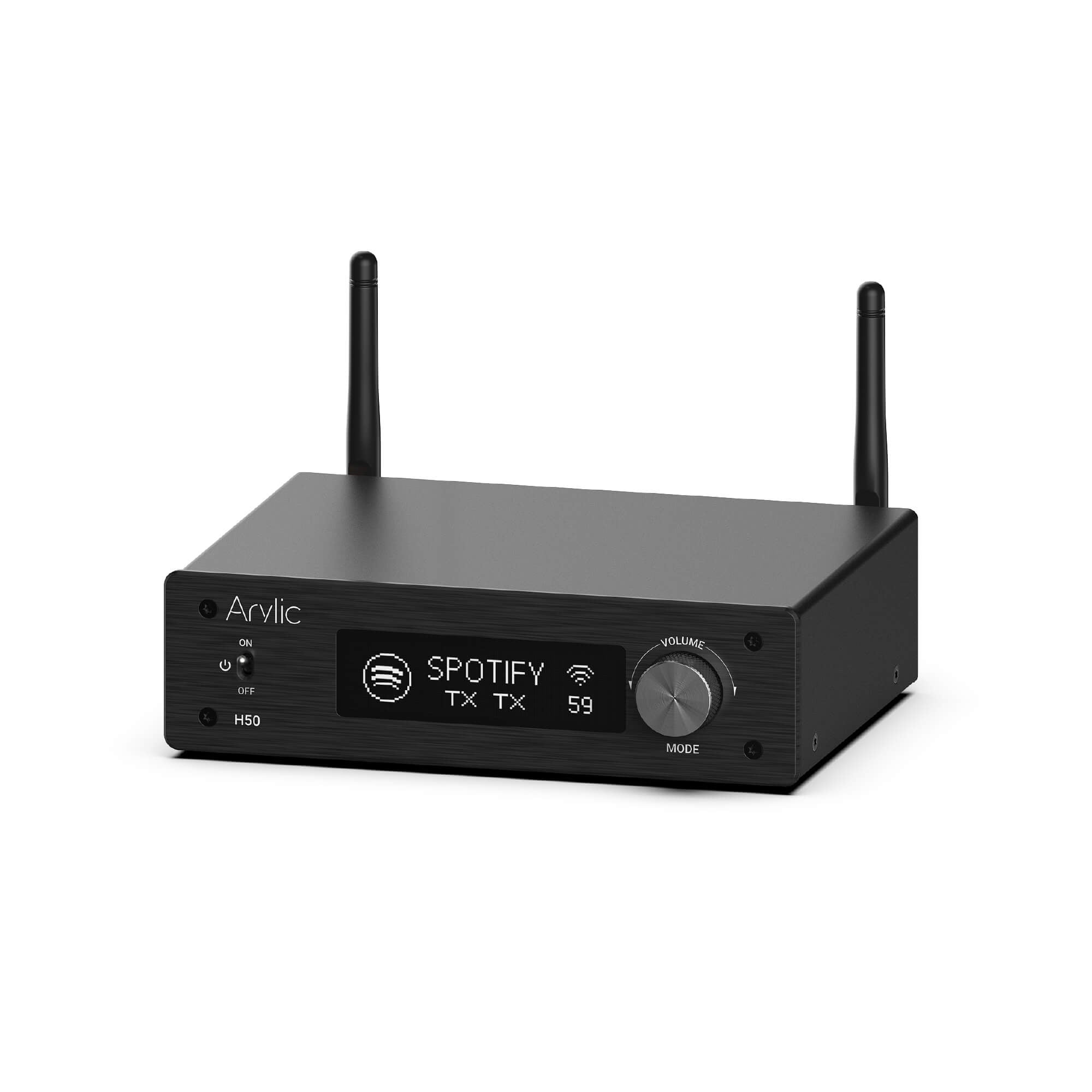
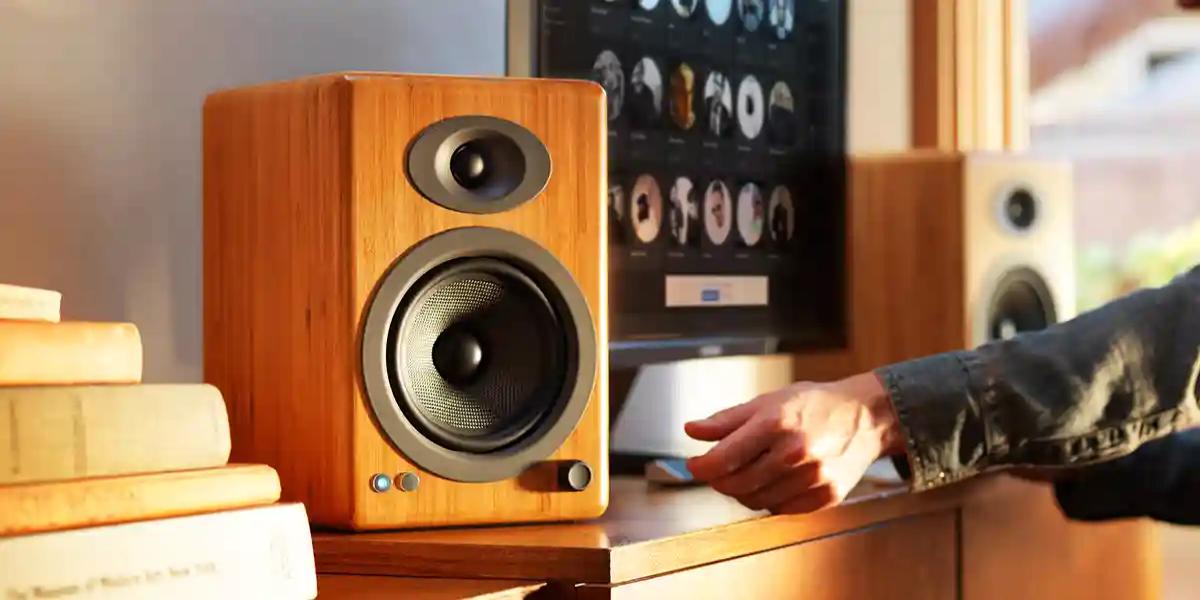

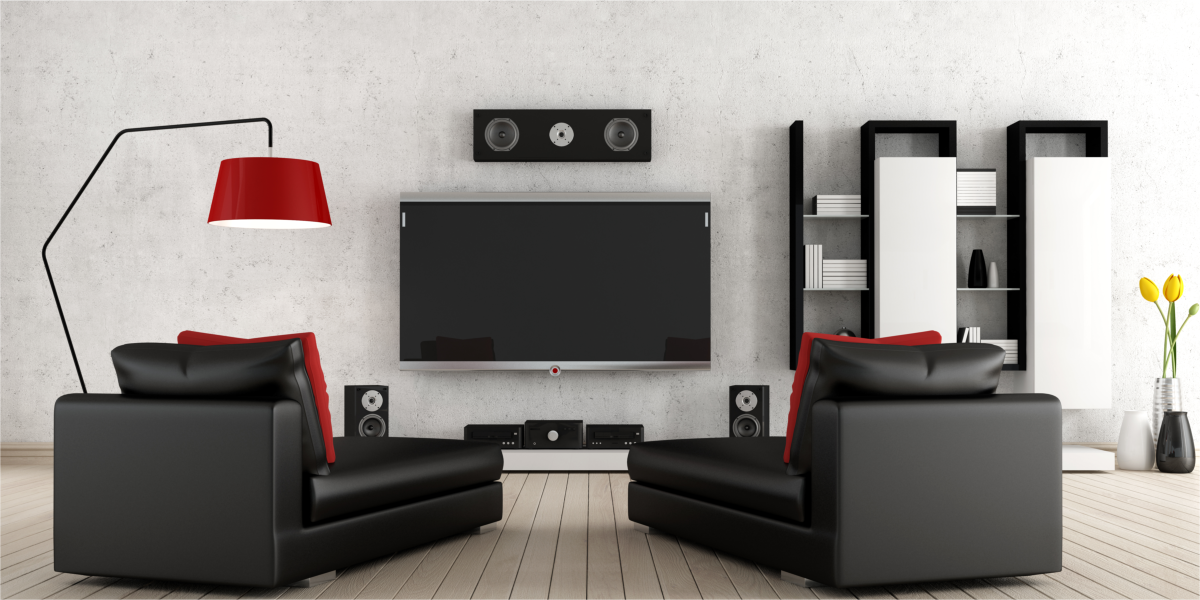
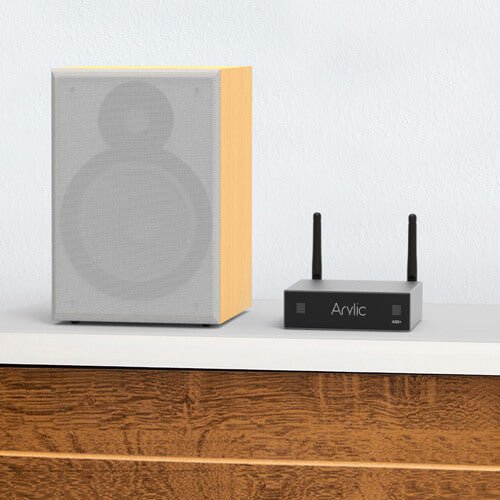
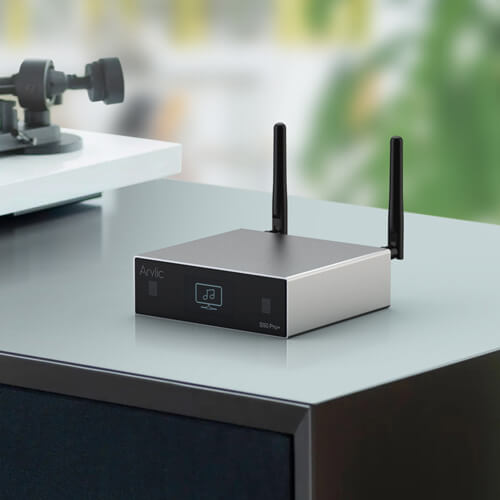
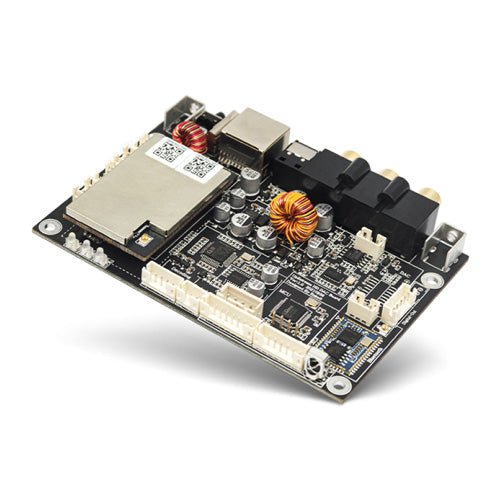

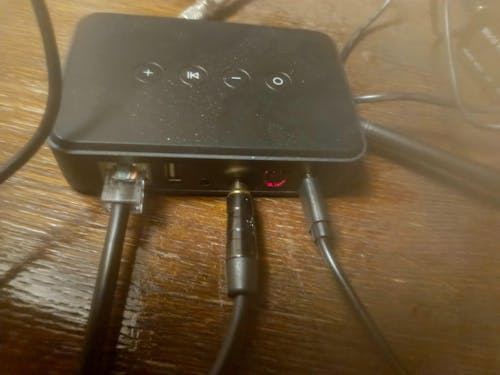
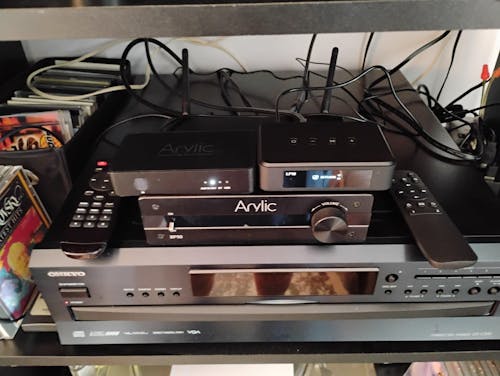
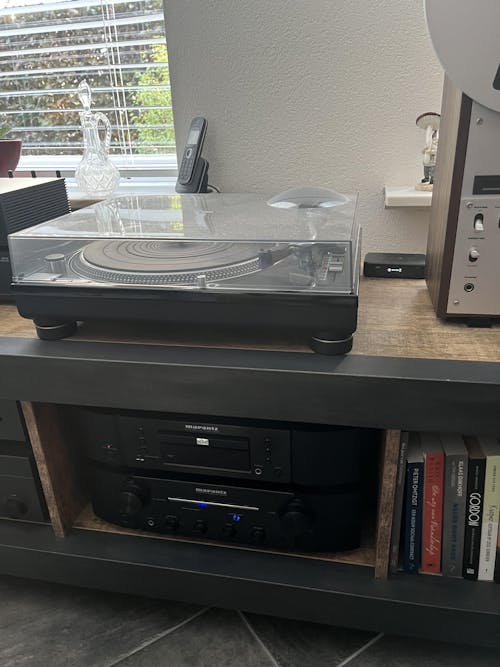
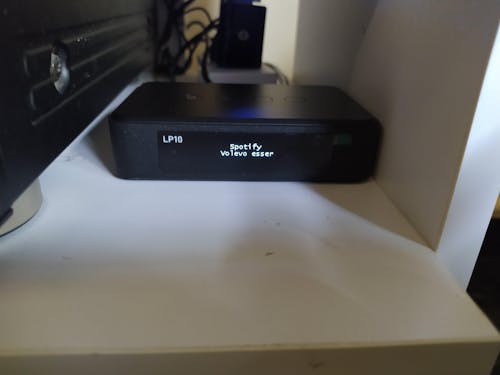
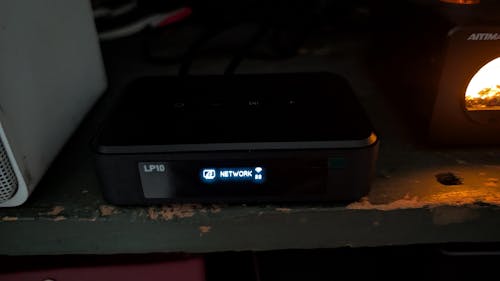
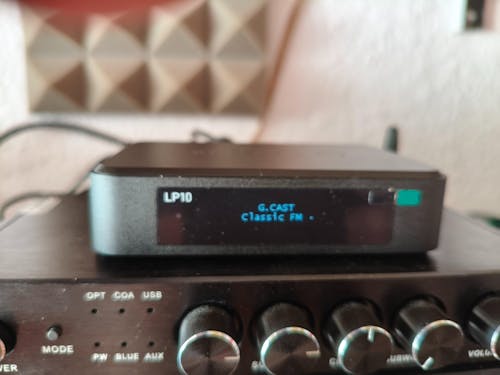

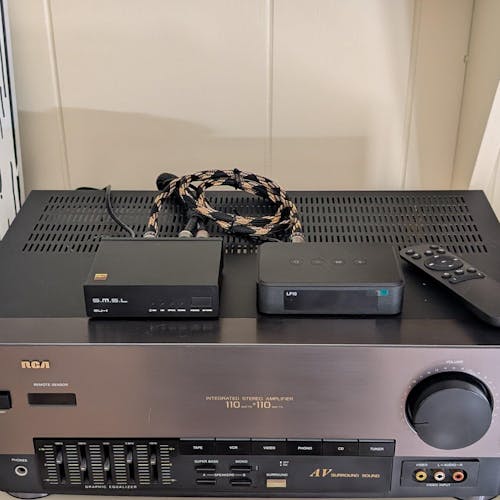

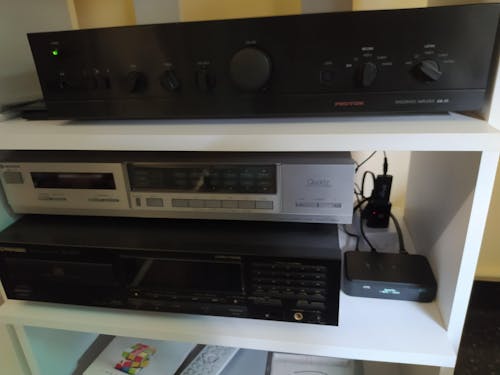
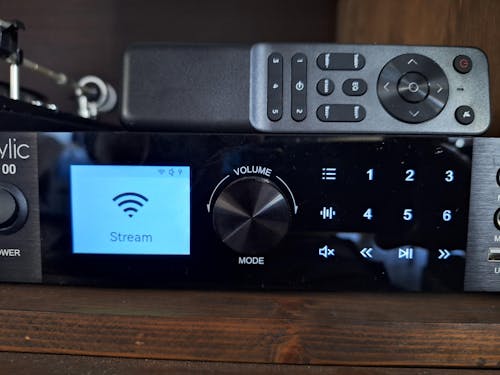



Jätä kommentti
Kaikki kommentit moderoidaan ennen julkaisemista.
Tämä sivu on suojattu hCaptcha-tunnistuksella, ja hCaptchan tietosuojakäytäntöjä ja käyttöehtoja sovelletaan.